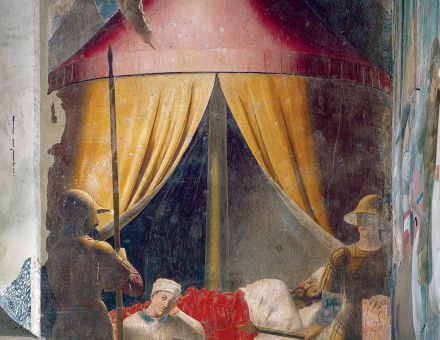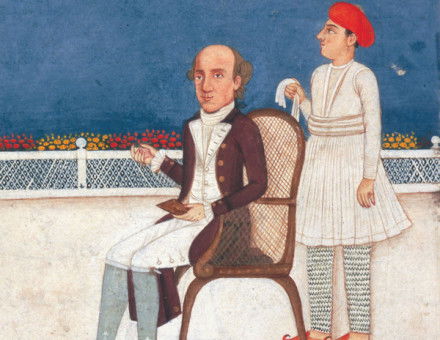India and Archaeology
Besides administering the sub-continent, British public servants devoted endless time and energy to making a record of Indian archaeological remains. Mildred Archer describes the role of the East India Company from 1785-1858.
During the eighteenth century an interest in antiquities was widespread among British educated persons. The Society of Antiquaries received its royal charter in 1751 and started publishing its journal, Archaeologia, in 1770. At this time the term “antiquities” had a broad meaning. It covered all visible remains of the past, from small coins, manuscripts or pieces of sculpture to ruins and complete monuments. Equally varied was the interest in antiquities.
For some people it involved the dilettante collecting of rare or beautiful objects to adorn a house or a “Cabinet of Curiosities,” an activity that was a visible index to taste and culture. For others the collecting of objects and the study of monuments and sites was a form of serious historical research. Antiquarians, such as the Reverend James Douglas and William Cunnington, who dug barrows at the turn of the century, were attempting to obtain proofs that would supersede conjecture. They were, in fact, laying the foundations of scientific archaeology.





